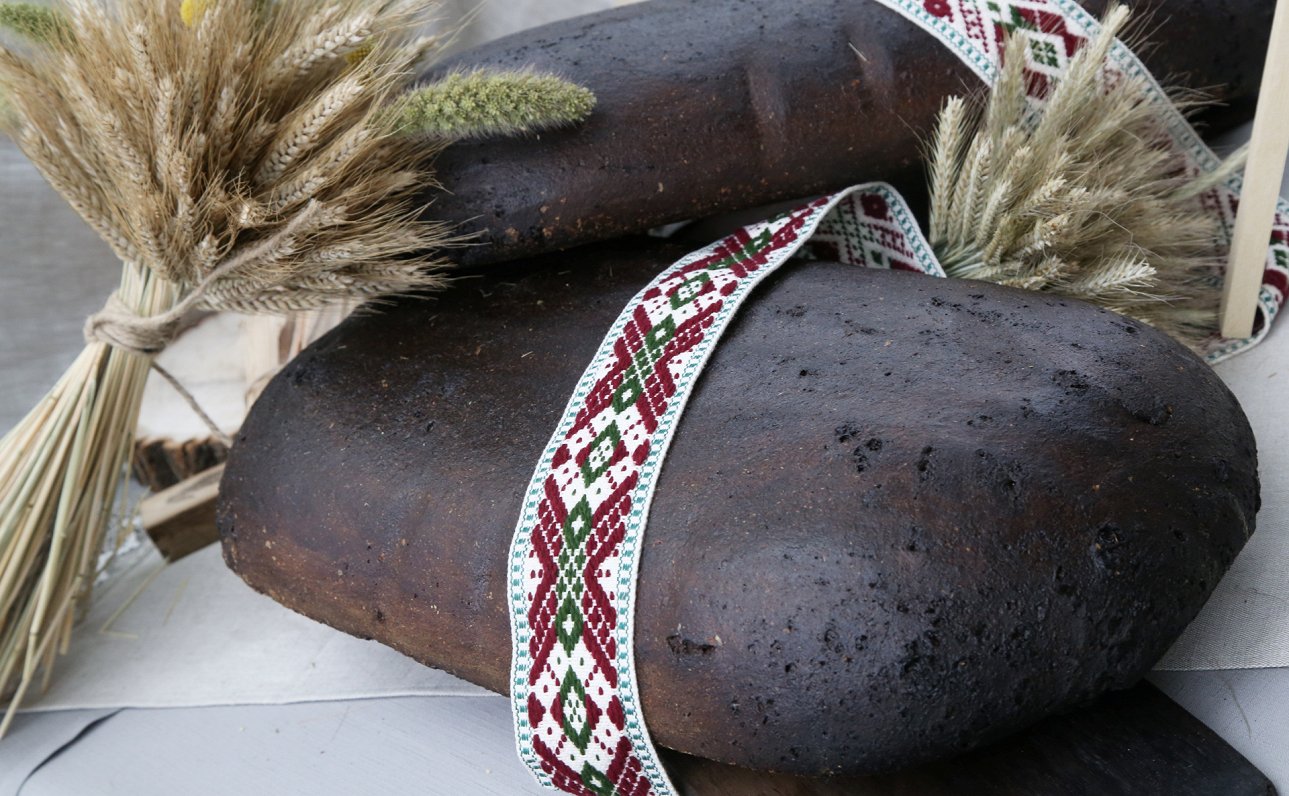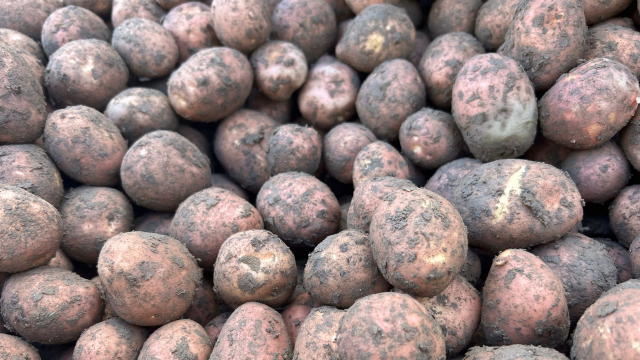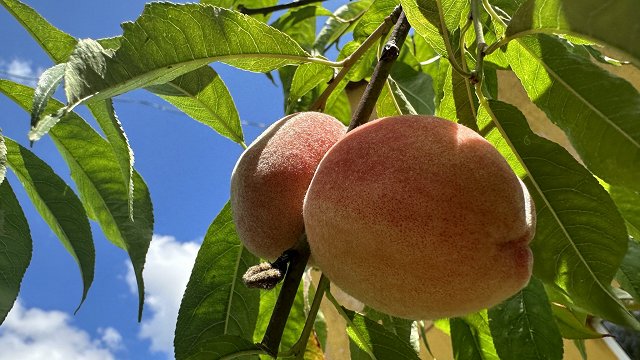In Latvian foreign dictionaries, the term “traditional” is explained as “something based on tradition” or “one based on tradition [fr. “traditionnel”]; one that exists for a certain population for a relatively long time and goes from generation to generation”.
So traditional food is food that a certain community of people consumes for a long time, and cooking skills and recipes transfer from generation to generation.
For centuries, a horizontal-shaped food system was in place: food eaten by the rich, and food eaten by the poor, where the national origin and belonging of food did not matter. By the end of the 17th century, the peasants mainly ate porridge, bread and what they themselves could grow, but the fine dishes described in the various sources of literature were limited to the aristocracy and the society closer to it. This system was similar throughout Europe, including in the old territory of Latvia.
From the 18th century, with the spread of the philosophy of the Enlightenment era, the rise of prosperity, the formation of a wealthy middle class and the national development of European countries, there was also a vertical breakdown. This means that traditional food in different communities benefited from national development and border marking. The emergence of a wealthy middle class that wished for more delicate dishes than porridge and pancakes changed the split of food between the rich and the poor.
In time, the dishes from the aristocratic tables came to peasant tables and transformed traditional dishes into modern understanding.
People living in the territories of these countries began to be aware of and build their own cuisine, reflecting the nation's culture. It started by classifying the kitchen by nationality, such as French cuisine, Italian cuisine, German cuisine, Latvian cuisine and others. In this way, awareness of national identity was expressed in Europe and beyond.
The Latvian foreign vocabulary states that “national – one that refers to a nation, nationality, nation, is typical” or “of a nation or nationality (such as culture, language, nature)”. The encyclopedia on food and culture, on the other hand, states that the cuisine and the nation are artificially created by humans, a testimony to the material culture of their will and imagination. Externally, they cover materials such as land, natural resources, a specific geographical location and local products.
In the modern era, food is associated with the cuisine and places where nations live, to such a degree that no one takes the differences between them anymore, so it is obvious that Latvian cuisine is identified with Latvians and the Latvian state.
It can be said that in Latvia, food in Latvia began to acquire its national affiliation with the formation of the Latvian nation and the development of Latvia as a national state.
It must be accepted that the dishes that have been given national food status are associated with a particular place and nation, but whether the food in question is referred to as old peasant food, old international food, popular food, traditional food or national food, the quality and taste of the food do not change.
Similar dishes, such as curd tart, bacon handpies, braided cakes, fish in aspic, pickled herring, liver pate, sorrel soup, mushroom soup, milk soup, goose roast, blood pudding, fried boletes, potato pancakes, barley porridge and others, are called differently in different source: “Latvian national cuisine/Latvian national kitchen”, “Latvian dishes” or “Latvian national dishes”, “the kitchen of the nation”, “old national dishes”, “Latvian modern kitchen”.
However, depending on what the food is called, a message and an idea of its importance in a particular period of history in people's life and culture is forming.
Local traditional dishes called national dishes reflect the strength of national culture, while food forms an image that strengthens the nation.
With the rise of prosperity and cultural development at the end of the 19 th century, the development of gastronomic culture – like elsewhere in Europe – also affected Latvia's territory. But unlike France, for example, where the gastronomic culture developed by interacting with the farming culture of peasants, bourgeoisie and royal foods, in Latvia, it was the interaction between manor aristocracy and peasant dishes, transforming over time into Latvian traditional dishes.
While studying the situation in Latvia, it should be concluded that there are no criteria to determine the status of national food and to limit the traditional Latvian food to Latvian national dishes, and one must determine for oneself which traditional food should be granted national status. These dishes form the foundations of the gastronomic culture of nations' populated areas, and food is one of the kinds of cultural expression of the nation.



























